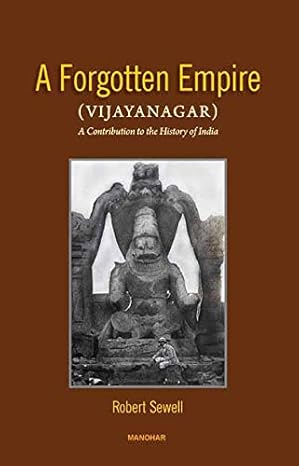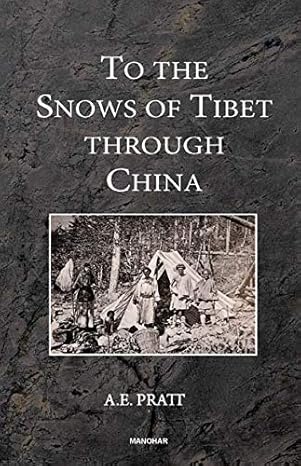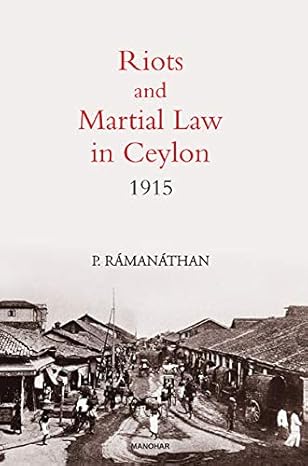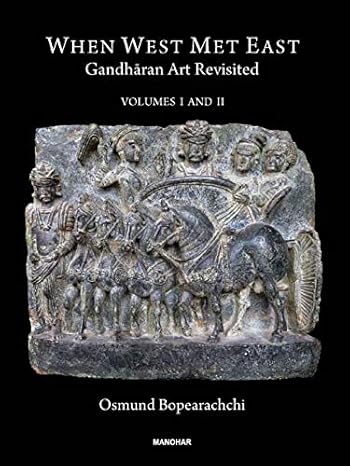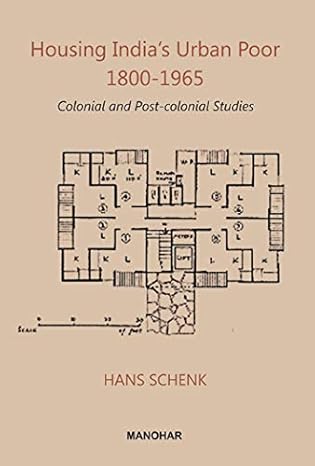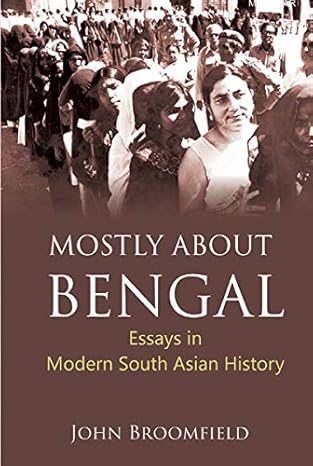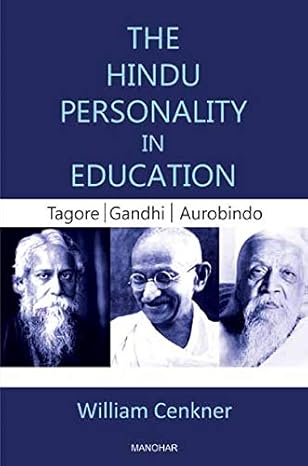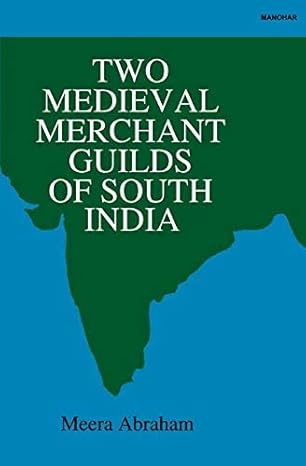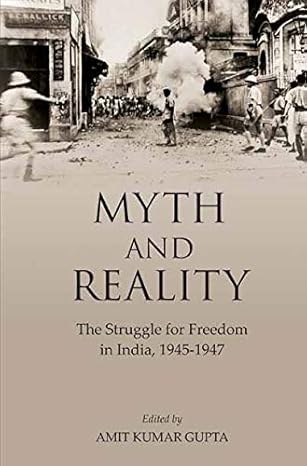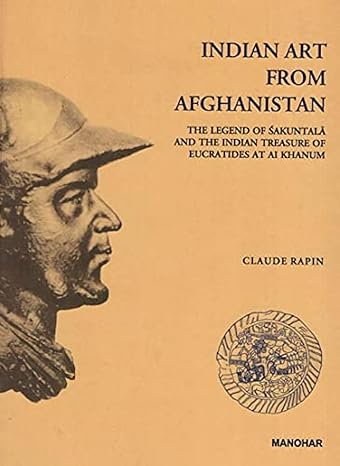History
Featured Products
A Forgotten Empire (Vijayanagar): A Contribution to the History of India
₹1,339.05
M.R.P.:₹ 1,695.00
You Save: ₹355.95 (21.00% OFF)
When West Met East: Gandharan Art Revisited (2 Vols Set)
₹4,496.25
M.R.P.:₹ 5,995.00
You Save: ₹1,498.75 (25.00% OFF)
Housing India's Urban Poor 1800-1965: Colonial and Post-Colonial Studies
₹654.50
M.R.P.:₹ 850.00
You Save: ₹195.50 (23.00% OFF)
Mostly About Bengal: Essays in Modern South Asian History
₹896.25
M.R.P.:₹ 1,195.00
You Save: ₹298.75 (25.00% OFF)
The Hindu Personality in Education: Tagore/ Gandhi/ Aurobindo
₹746.25
M.R.P.:₹ 995.00
You Save: ₹248.75 (25.00% OFF)
Two Medieval Merchant Guilds of South India
₹896.25
M.R.P.:₹ 1,195.00
You Save: ₹298.75 (25.00% OFF)
Myth and Reality: The Struggle for Freedom in India, 1945-1947
₹1,576.05
M.R.P.:₹ 1,995.00
You Save: ₹418.95 (21.00% OFF)
Indian Art From Afghanistan: The Legend of Sakuntala and the Indian Treasure of Eucratides At Ai Khanum
₹956.25
M.R.P.:₹ 1,275.00
You Save: ₹318.75 (25.00% OFF)


